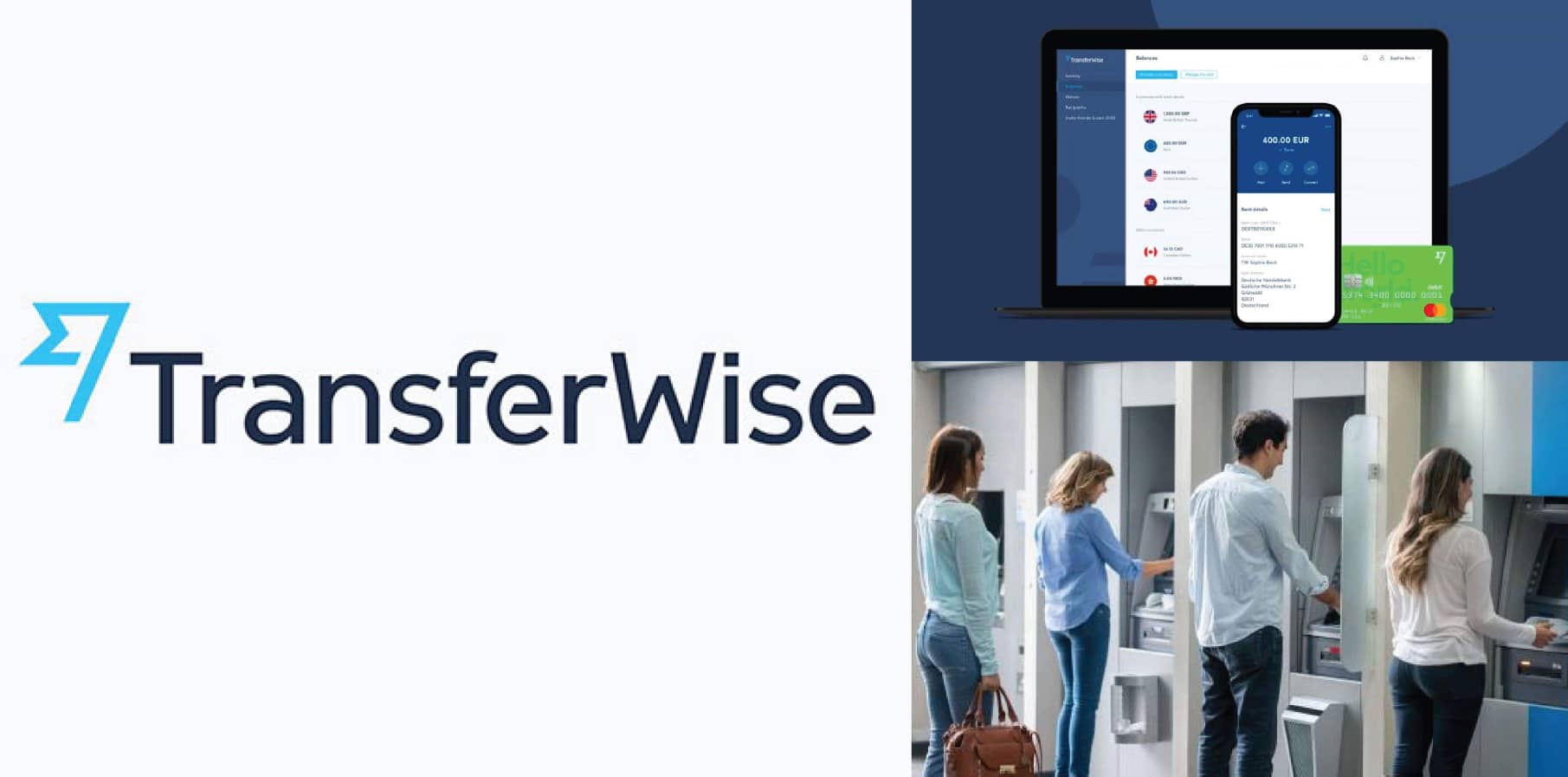By Chris Kuan
The Auditor-General Office (AGO)’s report certainly shone a light on something very interesting in my view. This is the unauthorised investment of circa $50m in US Real Estate Investment Trust (REIT) and Exchange Traded Fund (ETF).
The interesting bit is not the unauthorised investment which is not uncommon in asset management (usually because authorisation is slow in coming) but the Saver Premium Fund, a retirement plan for SAF Officers and Warrant Officers, from which the investments were made. It clearly shows our military officers are given the choice and the returns that are denied to Central Provident Fund (CPF) members.
The Fund has assets of $1.595 billion and unlike CPF, it is allowed to invest globally like GIC. Its income after expenses for 2015 is $93m or a return of 5.8% – overall superior to CPF’s average of around 4.1% (taking into consideration various add-ons over the OA and SMRA rates). It is also rather similar to GIC’s returns. Beneficiaries have a choice of 3 risk-reward propositions;
The Dynamic option targets 70% global equities, 30% bonds and cash and a return of 8.5%
The Balance option targets 40% global equities, 60% bonds and cash and a return of 6.63%.
The Stable option has no global equities, 100% bonds and cash and a return of 2.96%.
Actual asset allocation shows both the Dynamic and Balance options have exceeded their equity allocation by a small margin (73% and 41% respectively).
Again, this is not uncommon in asset management where flexibility in allowing small or temporary excess is important. The overall allocation of 30% in the Fund to global equities clearly infers that SAF officers on the average prefer the lower risk options, hence the total return is lower than the average of the 3 options.
Although 5.8% is quite impressive for the conservative overall asset mix – there is no information on longer term rolling returns for a more indepth assessment.
Do note that unlike CPF which is invested entirely in Singapore government bonds, the military officers’ retirement fund is not immunised from investment losses. But as I had repeated ad nauseam, the long-term risk reward favours taking the investment risk not only to earn a higher return but also because even in safe investments like Singapore government bonds, one runs the risk that the safe returns are inadequate to keep up with the cost of living and retirement expenses.
As I have also repeated ad nauseam, CPF members should really be given a choice – stay safe and earn a lower return, or accept investment risks to earn a higher return. MINDEF’s Saver Premium Fund does that for the military officers, CPF should do the same.






